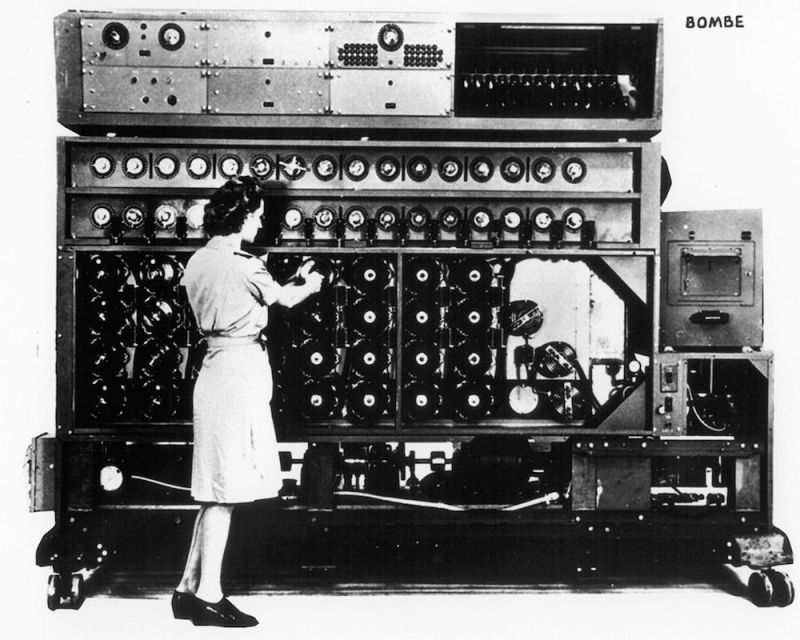
Enlarge / The US Navy Bombe used during World War II to break Germany's Enigma encryption system. (credit: National Security Agency)
When you're an applied cryptographer, teaching your preteen daughters what you do for a living isn't easy. That's why Justin Troutman developed PocketBlock, a visual, gamified curriculum that makes cryptographic engineering fun.
In its current form, PocketBlock is a series of board-like grids that allows players to transform plaintext messages into secret ciphertext and convert it back again, one move at a time. By restricting the operations to little more than addition and subtraction performed by rearranging squares on a piece of paper, PocketBlock helps students understand the fundamentals of encryption without requiring a formal background in mathematics. At the same time, it stays true to the principles of modern cryptography and goes well beyond the classical cryptographic concepts, like the Caesar cipher, reserved for the most kid-centric material on cryptography today.
"The goal is for kids to feel like they've worked with something of substance, to an extent that intrigues them," Troutman, a trained cryptographer who is currently the project manager at the Freedom of the Press Foundation, told Ars. "[PocketBlock] introduces cryptography as everything from a pillar of the modern Web to the tradecraft of spies past. It introduces the same cryptographic concepts that I work with as a cryptographer in industry—the same underpinnings you'll find in academic papers. It reduces these concepts to easy-to-solve problems and uses a visual language to map what happens to bits as they travel through a cryptographic algorithm."